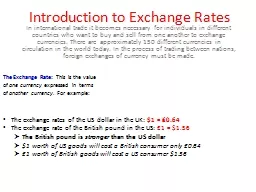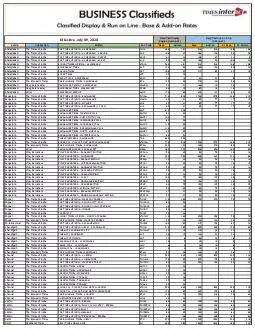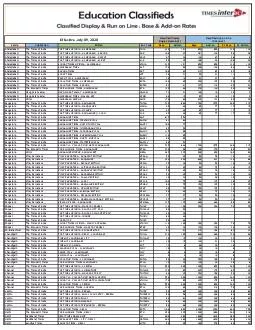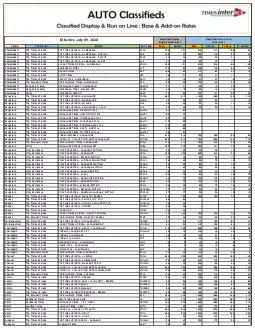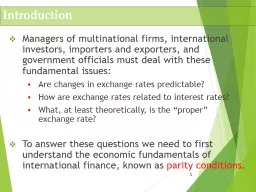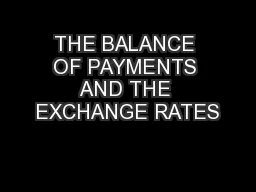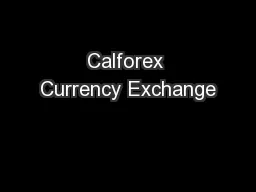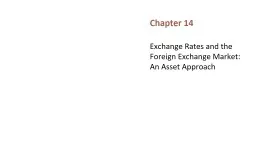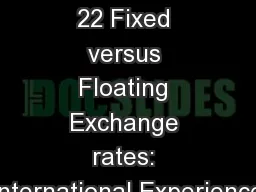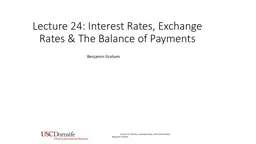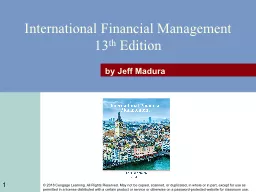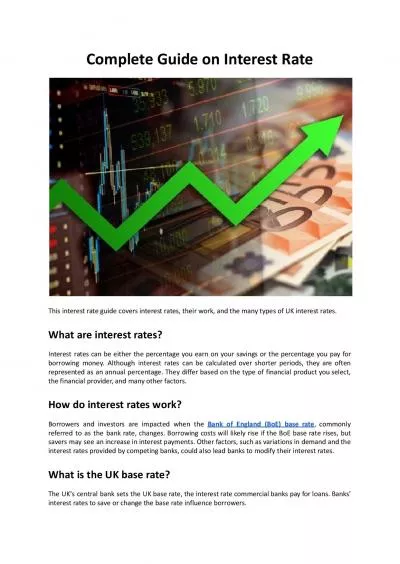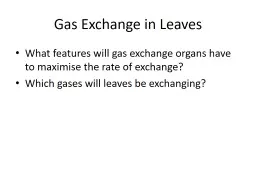PPT-Introduction to Exchange Rates
Author : test | Published Date : 2015-10-08
In international trade it becomes necessary for individuals in different countries who want to buy and sell from one another to exchange currencies There are approximately
Presentation Embed Code
Download Presentation
Download Presentation The PPT/PDF document "Introduction to Exchange Rates" is the property of its rightful owner. Permission is granted to download and print the materials on this website for personal, non-commercial use only, and to display it on your personal computer provided you do not modify the materials and that you retain all copyright notices contained in the materials. By downloading content from our website, you accept the terms of this agreement.
Introduction to Exchange Rates: Transcript
Download Rules Of Document
"Introduction to Exchange Rates"The content belongs to its owner. You may download and print it for personal use, without modification, and keep all copyright notices. By downloading, you agree to these terms.
Related Documents

